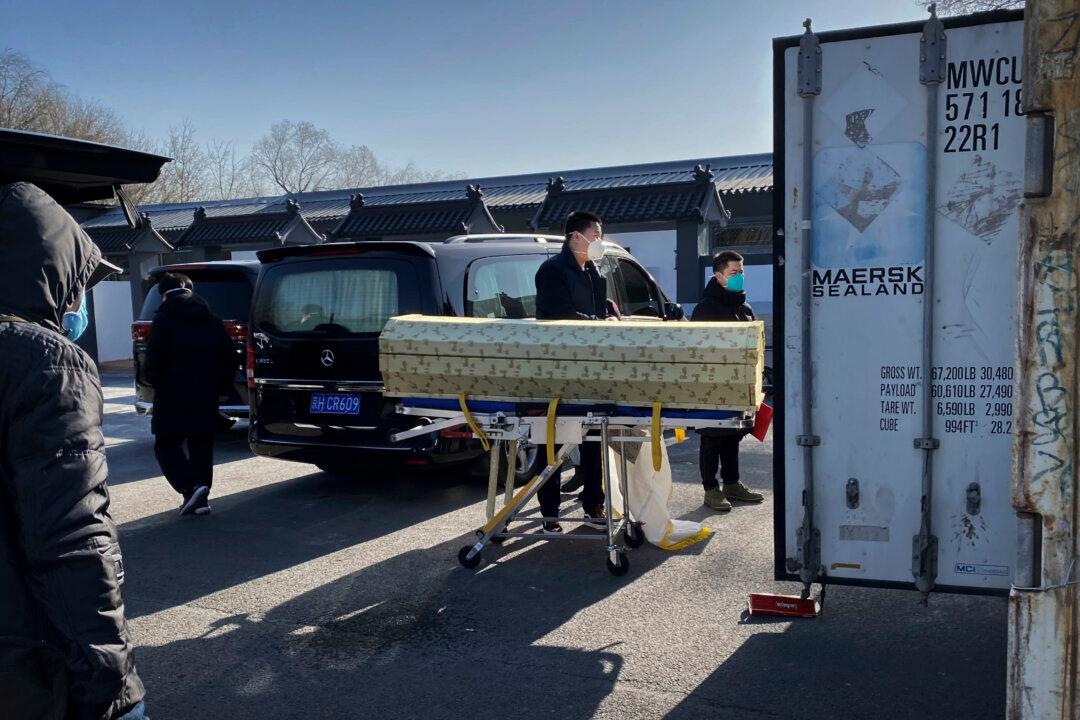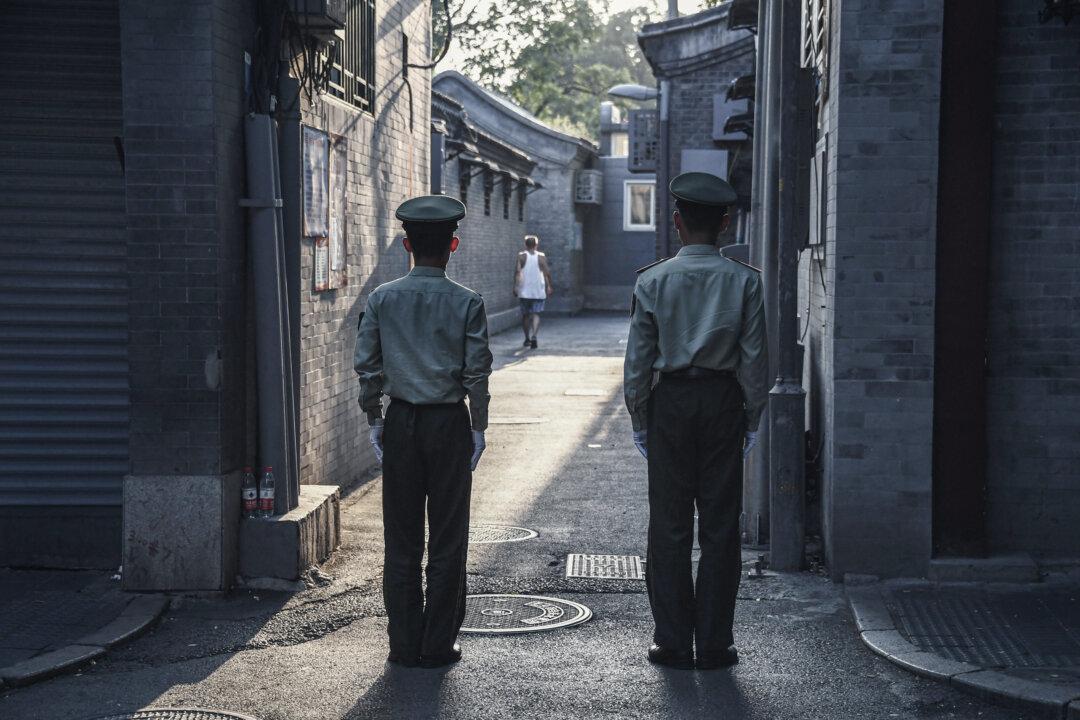As many as 25,000 Chinese people may die from COVID-19 a day at the expected peak of an infection wave next month, according to a British-based health analytics firm, offering a bleak prediction of what the regime’s abrupt U-turn in pandemic policy may mean in the absence of reliable COVID-19 figures.
That is predicted to occur on Jan. 23, around China’s Lunar New Year, Airfinity said in its latest analysis published on Dec. 29. COVID-19 infections are likely to peak on Jan. 13 when 3.7 million people may catch the virus, researchers estimated, with the peak of deaths following 10 days later.




